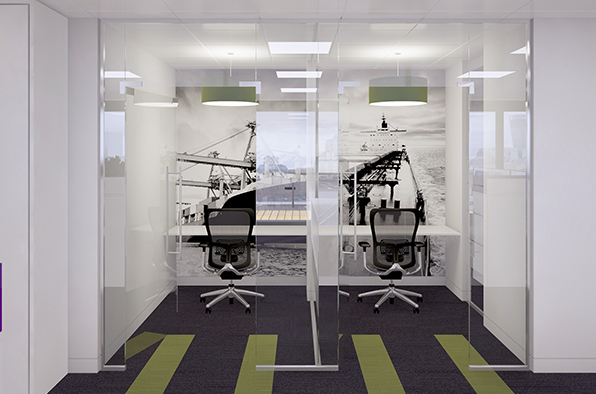
BLOG
We’d like you to get to know us a bit better so welcome to the news,
reviews and insights from the Mansfield Monk team.

We’d like you to get to know us a bit better so welcome to the news,
reviews and insights from the Mansfield Monk team.

With the sudden widespread inception of home working now the norm, what does the office of the future look like and how might the unanticipated effects of Covid-19 benefit workers in years to come?
For many employees used to working in the office the sudden shock of home working has passed and been replaced by an appreciation for the free time previously spent commuting. For others the desire to be back in the hubbub of the office, bouncing ideas off of colleagues without the wifi dropping out of a video call, will be at the forefront. For most though there’ll be a preference for a mix of the two, the opportunity to complete work at either location depending on which is likely to be the most productive.
Employers now need to look at how to make their existing offices work to allow for social distancing and many will be thinking about the future of their office space: whether to reduce their rented space or how to best make use of the space they have in the long term. In the short term a phased return to the office seems the most practical solution, allowing employers to provide a safe socially distanced workspace for staff and a staged reintroduction to office life. One of the benefits to employees will be a greater degree of flexibility between home/office working and the possibility of staggered start/finish times to avoid congestion in both the office and public transport journeys.

Solo work booths
In recent years hot desking has become a trend for employers to limit the amount of office space they take on board for increasing staff populations but tends to be unpopular with employees. The challenges of keeping these facilities clean between users may make them mistrusted and it’s likely there’ll be a return towards set desks for staff with a clear desk policy allowing for comprehensive cleaning.
Desk sizes themselves have been getting smaller and denser over the years so workers will no doubt welcome the possibility of a larger personal workspace though on a short term basis this may take the form of unused adjacent desks with clear screening between desks.

Screened semi-private desk
Informal meeting areas are likely to be more favoured by employees than meeting rooms in the short term providing there is adequate distancing in place and screening from thoroughfares. A lack of sufficient meeting rooms often comes up as a complaint in employee interviews, but given that most office workers have been video conferencing from their home office already the need for formal meeting rooms is likely to be reduced.

Informal meeting areas
So, could we be on the brink of an office revolution? Certainly, the workplace looks set to change but this may not necessarily mean reducing the office space taken on but reorganising that space to observe social distancing and allow working flexibility. The benefit being that employees feel more valued with more space and a greater choice in how and where they work. With studies showing that happier staff are, on average, 13% more productive, the benefits to employers too are measurable, proving that now is the perfect time to assess our working environments and how they support our employees.

Quiet booth
If you are thinking about the new priorities that working environments face in the current Covid-19 era you can give us a call on 01277 351981, we’d love to hear from you!